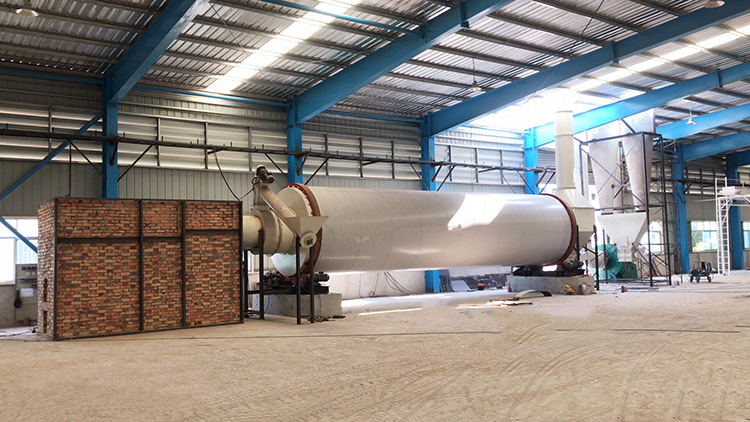Pellet density and quality: Wood with a high moisture content may lead to a reduction in pellet density during the pellet moulding process, as the presence of moisture increases the volume of the pellet. This may affect the quality and strength of the pellets.
Energy consumption: The moisture in the wood needs to be evaporated or volatilised during the moulding process, which can increase the energy consumption of the process. More energy is needed to process wood with high moisture content in order to achieve a certain pellet quality.
Forming efficiency: Wood with a high moisture content is easier to fit in a pellet moulding machine, but it also tends to make pellet forming more difficult. Processing high moisture content wood may require more process control and equipment adjustments.
Pellet surface quality: Variations in moisture content may affect the smoothness and uniformity of the pellet surface. High moisture content may result in a non-smooth pellet surface, which may be unacceptable for some applications.
Pellet stability: Pellets with high moisture content may be more susceptible to moisture absorption and cracking during storage and transport, which may affect the stability and long-term shelf life of the pellets.
In order to minimise the adverse effects of moisture on pellet moulding, measures are usually taken during pellet production, such as controlling the moisture content in raw materials and pre-treating the wood with drying equipment. At the same time, process parameters and equipment adjustments in the pellet production process need to be adjusted according to changes in wood moisture to ensure the quality and stability of the pellets.
